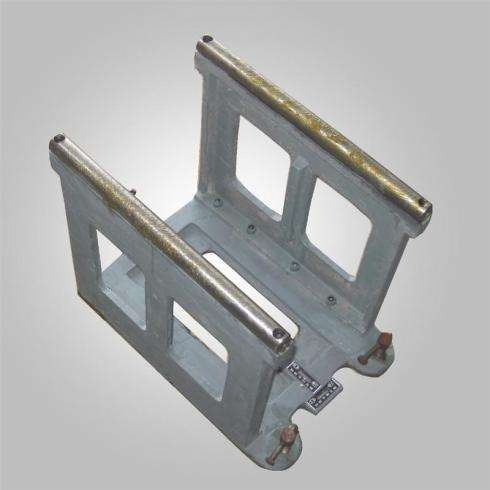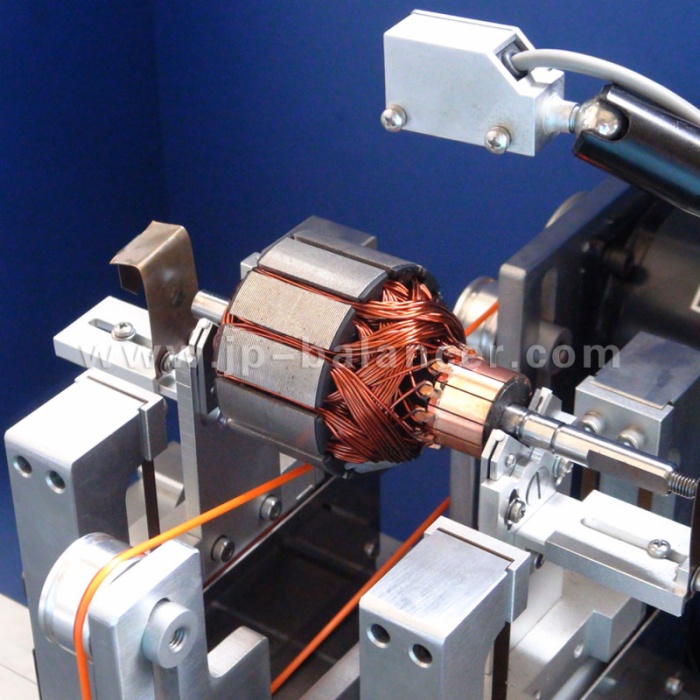The Difference Between Rotor Dynamic Balance and Static Balance
Article Source: Jp Balancing Machine
Time:2017-07-06
Commonly used machinery contains a large number of rotary motion parts, such as a variety of drive shaft, spindle, motor, or turbine rotor. In common, we define all the parts as a term of rotor. Under the ideal circumstance, when the rotor is rotating or it is not, the pressure generated by the bearing is the same assuming the rotor is perfectly balanced. The various rotations for instance, due to uneven material or rough defects, processing and assembly of the error, or even design with asymmetric geometry, these factors make the centrifugal inertial forces, generated by the tiny particles, cannot evenly counteract each other in the rotation. The centrifugal inertial force acts on the machine or on the basis of the bearing can lead to vibration, produces noise, or to shorten the mechanical age. Rotors must be balanced to an acceptable balance accuracy to reduce the magnitude of the mechanical vibration to an allowable range.
Definition: The difference between rotor dynamic balance and static balance
1) Static Balance
In the correction of one side of the rotor to adjust the balance, the correction of the remaining unbalance is to ensure that the rotor is static in the allowable imbalance within the specified range.
2) Dynamic Balancing
In the two sides’ corrections on the rotor at the same time to adjust the balance, the correction of the remaining unbalance is to ensure that the rotor is in the dynamic balance when the rotor fills the provisions of balance.
To be more simply, Static balancing is done without the part moving, dynamic is done with the part moving it is spun and using stroboscopic flash the heavy bit is highlighted and then add or remove weighs until it stops vibrating.



.png)
.png)

.png)
